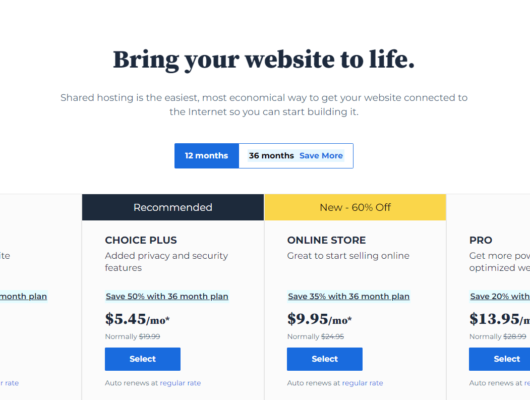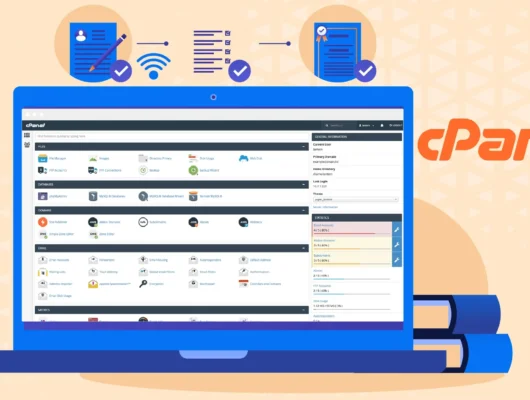Platform as a Service (PaaS) is a cloud-based solution that helps developers build, deploy, and scale applications without the hassle of managing the infrastructure.
It offers tools and services that make application development easier and faster.
What is PaaS?
PaaS is a cloud service that provides everything needed to develop applications, such as development tools, middleware, and infrastructure.
The platform manages the technical setup, allowing developers to focus on creating and deploying apps.
Benefits of PaaS
-
Faster Development: PaaS offers a ready-to-use environment, allowing developers to skip time-consuming setup processes and focus on coding, making development faster.
-
Cost-Effective: PaaS reduces the need for expensive hardware and maintenance. You only pay for what you use, helping businesses save on costs.
-
Scalability: PaaS platforms automatically adjust to the needs of your app, so you can scale up or down easily as your traffic grows.
-
Better Resource Use: With infrastructure management handled, developers can focus on building features, improving productivity, and encouraging innovation.
-
Collaboration: Many PaaS solutions come with tools that allow teams to work together more easily. They also integrate with other services, making development smoother.
-
Automatic Updates: PaaS providers handle updates and security patches, so your app stays up-to-date without manual intervention.
Challenges to Consider
-
Vendor Lock-In: Some platforms may make it hard to switch providers later, so it’s important to plan carefully before committing.
-
Limited Customization: Some businesses with unique needs may find that PaaS solutions have limitations in terms of customization. Be sure to evaluate if the platform meets your specific requirements.
Read more about Software as a Service…
Conclusion
PaaS is a valuable tool that helps developers focus on creating great applications without worrying about managing the infrastructure.
With its cost-effectiveness, scalability, and faster development, PaaS is an essential solution for businesses looking to stay ahead in today’s fast-changing tech world.






